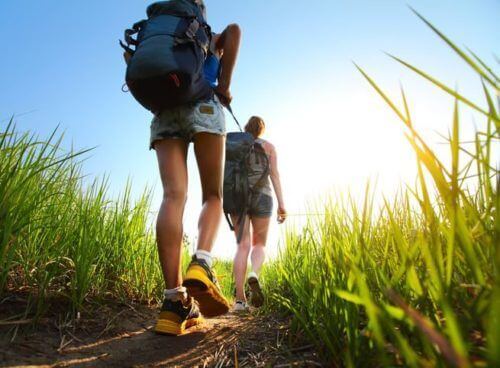Tacoma Outdoor Safety
Camping in the Pacific Northwest provides some of the most scenic camping in the country. With the summer coming to an end, this is the last chance to get out and enjoy the warm weather. While you may be looking for an unforgettable experience, be sure to take the proper steps to keep you and your family safe.

Fire Safety
One of my favorite parts of camping is being able to enjoy a campfire, whether for cooking or just for comfort. However, we have all experienced the smoky conditions over the last couple years here in the northwest. These dry conditions often cause fire bans throughout the state in order to reduce the number of human-caused wildfires. So, before you head out into the wilderness you should check the fire hazard level and for burning bans in the area you plan to camp. This information can be found by checking with the campsite or by checking here.
If burning bans are in effect, be sure to bring approved camp stoves for cooking. Check all parts before using to ensure proper performance. Make sure the stove is used in a well-ventilated area away from tents, campers or sleeping areas. Propane stoves should be used on flat surfaces to prevent tipping, and never left on while unattended.
Campfires may be allowed in approved fire pits inside designated campgrounds. If there is no designated firepit and fires are allowed, be sure to choose an area free of any brush, leaves or low hanging trees. Make sure to supervise children and pets near the fire and never leave them unattended near the fire. Be sure to completely extinguish a fire before leaving by pouring water over the fire and stirring the coals. If water is not available, you may bury the coals in dirt, but be sure to remove any burnable debris. Continue adding water or dirt until all material is cool.
Hiking Safety
One of my favorite outdoor activities is hiking. It seems there are an endless amount of hiking trails in Washington, all offering their own unique experiences. When hiking be sure to check the trail conditions and weather conditions before venturing into the wilderness. Wear proper clothing or dress in layers for unexpected weather changes. Try to hike in a group rather then alone and always tell someone your travel plans and when you plan to return.
When hiking, I like to bring along a few safety items. Maps and compasses are very helpful, especially when out of cellular and GPS range. A spare flashlight with new batteries, a first-aid kit, a pocket knife and sunscreen come in handy. Bear-spray can be a useful item to deter any predators during a chance encounter. Don’t forget the bug spray! It is usually the one item I forget, and I have regretted it every time!
Lastly, when hiking be sure to bring enough food and water for your trip. Be sure to hydrate before beginning your hike and take breaks often for snacks and water. It is better to continually hydrate rather than drinking lots of water infrequently. Be sure to watch for signs of dehydration such as cramps, headaches and nausea as dehydration can ruin an otherwise enjoyable hike.
No matter what activity you prefer, be sure to take some time and enjoy the last of the summer weather. As Warren Miller says, “if you don’t do it this year, you’ll be one year older when you do.”

